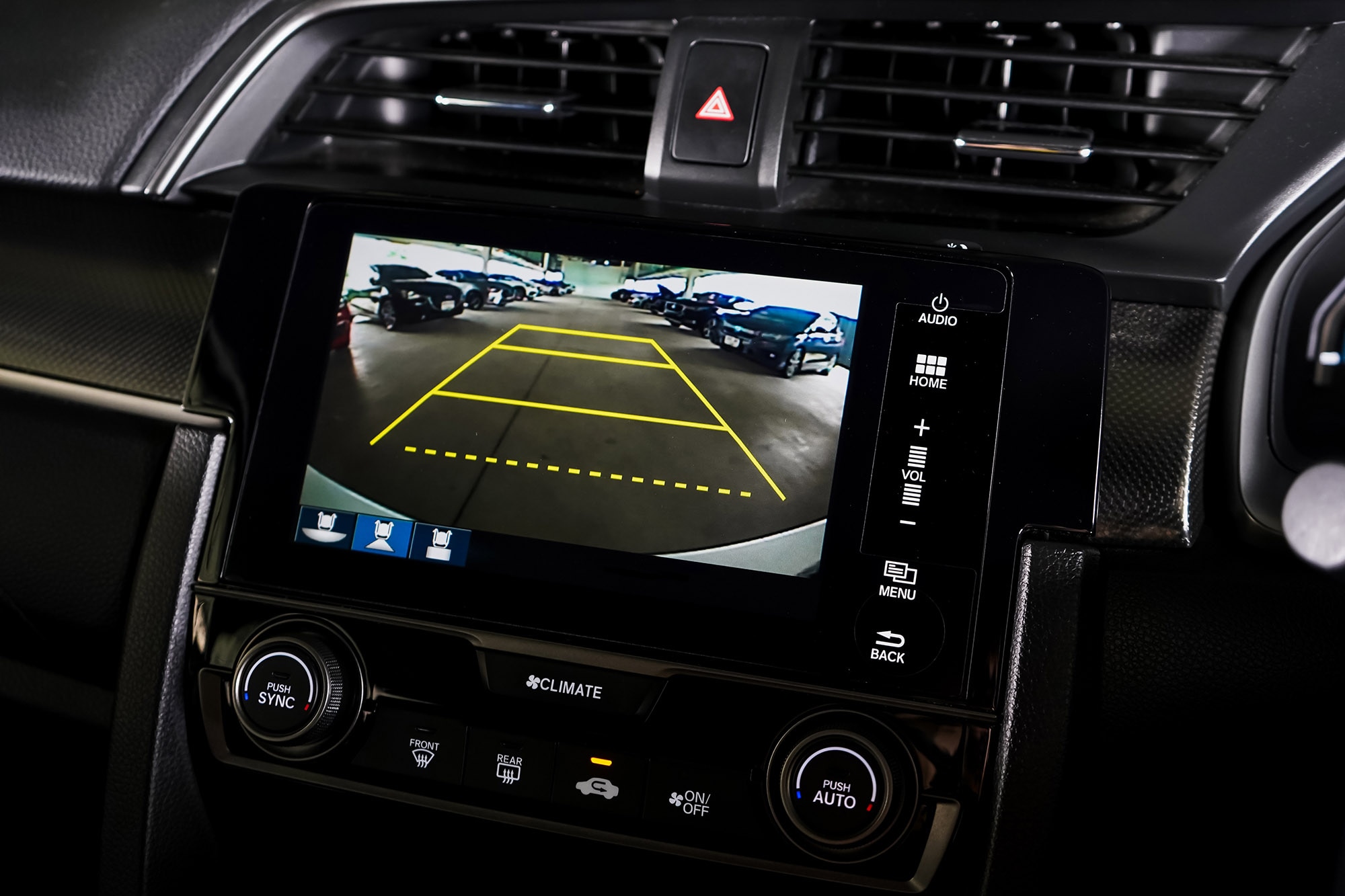Why Backing Into a Parking Space Is So Controversial
Frowned upon by some, back-in parking is lauded by others as safer and more efficient.
 Shutterstock
Shutterstock
Backing into a parking spot — either as a convenience in a parking garage or as a practice required in communities that have adopted reverse-angle parking — remains a curiously controversial topic in the United States, though it's commonplace in other countries, such as France.
Back-in parking is frowned upon by some and lauded by others; there are seemingly just as many fans as opponents of reverse-angle parking. Here's what you need to know about the battles over back-in and pull-forward parking.
Safety, Security Are Cited for Back-In Prohibitions
Backing into a parking spot can mean that drivers have a clearer view of what's ahead of them when they leave. According to Automotive Fleet Magazine, more than 50,000 collisions occur yearly in parking lots and garages.
But opposition to back-in parking in parking lots — sometimes with fines attached — frequently stems from complaints of the extra back-and-forth maneuvering required, which can be hazardous in high-traffic areas, or where the driver has to go against the flow of traffic.
Backing a vehicle into a walled parking facility or up against a median may also make it more difficult for law enforcement or parking staff to check license plates and registration tags for expired plates or stolen vehicles, especially in states where front plates are not required.
Other arguments against back-in parking center on the idea that U.S. drivers suffer from the combination of a limited skill set and oversized vehicles, which can make back-in parking more dangerous. The advent of backup and 360-degree-view cameras and built-in audible parking aids might help debunk that notion.
Reverse-Angle Parking Grows in Popularity
Despite detractors of back-in parking, some urban planners have encouraged cities to use reverse-angle parking to help ease congestion. Back-up angled spots use less space than traditional parallel parking and have been tried in various communities as a way to help maximize parking space. The reverse-angle parking strategy also allows more visibility for drivers and more safety when unloading passengers and children.
Unfortunately, reverse-angle parking can require learning a new skill, and many drivers may find themselves initially confounded by the practice. Along with controversies surrounding traffic circles and traffic-calming measures, some communities have subsequently faced pressure to return reverse-angle spots back to more traditional parking.
Even Pull-Through Parking Remains Divisive
At the same time, the practice of pull-through parking — entering on one side of two double-ended parking spots in a parking lot and pulling all the way through — also stirs up mixed feelings among drivers.
Still, the American Automobile Association does advise pull-through parking when possible, as it allows for a safer forward view while exiting the spot. That said, the practice could conceivably lead to a crash if another driver is entering the second spot as you pull into it.
Written by humans.
Edited by humans.
 Andy Stonehouse
Andy StonehouseAndy Stonehouse literally fell into the world of auto writing while working as a ski-town journalist, and has not looked back since. A childhood spent dealing with the eccentricities of a 1976 MG Midget has made any subsequent auto experience a more safe and reliable drive. He has been blessed with nearby mountain trails and snowy roads in Colorado to do TV-adventure-styled test drives on a weekly basis.
Related articles
View more related articles